Mystery of Shaligram
For centuries, devotees of Hinduism have revered the sacred stone known as Shaligram, believing it to be an embodiment of Lord Vishnu himself. But why is Shaligram worshipped, and what makes it so significant in the religious and spiritual context? Today, we’ll unravel the mystery behind this divine stone, exploring its significance, the mythology surrounding it, and why it holds such an exalted place in the hearts of Lord Vishnu’s devotees.
Origins and Significance of Shaligram
Mythology Behind the Sacred Shaligram
The worship of Shaligram finds its roots in ancient Hindu mythology. According to the Skanda Purana and Vishnu Purana, Shaligram is believed to be a manifestation of Lord Vishnu. And the stone originates from the Gandaki River in Nepal. This river, often called the “Vishnu Gandaki,” flows through the Shaligrama region, which gives the sacred stone its name.
The story goes that a demon named Jalandhar. Born from the union of Lord Shiva’s third eye and the ocean, became immensely powerful. His strength was tied to his wife’s purity, and to defeat him, Lord Vishnu took the form of her husband. After defeating Jalandhar, Lord Vishnu sought refuge in the Gandaki River. Where he transformed into the Shaligram stone, blessing the region with his eternal presence.
In another tale, the divine Tulsi (Basil plant), who was a devotee of Lord Vishnu. Merged her spirit into the Shaligram, making the stone a symbol of their divine union. This mythological background lends a sacred aura to the Shaligram. Making it a key component in many Hindu households, where it is used for daily worship.
Symbol of Lord Vishnu’s Presence
Shaligram is not just a stone—it is considered a living representation of Lord Vishnu. Just as an idol (murti) serves as a focal point for devotion. Shaligram represents Vishnu’s divine energy, making it a physical object through which devotees can experience his blessings. The sacred stone is often characterized by its unique spiral patterns. Which are said to represent the “Sudarshan Chakra,” the discus weapon carried by Lord Vishnu.
Many Hindus believe that keeping Shaligram in the home invites Lord Vishnu’s protection, prosperity, and peace into their lives. Just as Lord Vishnu is the preserver of the universe, Shaligram is believed to preserve the harmony and well-being of the household.
Why Do Devotees Worship Shaligram?
Spiritual and Symbolic Importance
Worshipping the Shaligram has a deep spiritual significance. It is said to cleanse the devotee’s soul, eliminating sins and impurities that might have accumulated over time. The presence of Shaligram in one’s home is believed to act as a protective shield against negativity and bring positive vibrations. Worshipping this sacred stone aligns one’s mind and body with the universal energy of Lord Vishnu, fostering inner peace and spiritual growth.
To Hindus, the Shaligram represents Vishnu in his most accessible form. Unlike conventional idols, which require specific rituals for consecration, the Shaligram is inherently divine and does not require additional purification before being worshipped. The belief is that Lord Vishnu is already present within the stone, providing an unbroken connection between the divine and the devotee.
Link to the Worship of Lord Shiva
While the Shaligram primarily symbolizes Lord Vishnu, it also has a connection to Lord Shiva. Devotees of both deities often use Shaligram alongside Shiva Lingam in their worship. This combination emphasizes the harmony between Vishnu and Shiva, representing the dual aspects of creation and preservation in the universe.
The shared worship of Shaligram and Shiva Lingam also fosters a sense of unity among devotees. Though followers may lean towards either Vishnu or Shiva, the joint veneration of these symbols underscores the interconnectedness of all divine forces, reminding us that Hinduism embraces diverse expressions of the ultimate reality.
Historical and Cultural Context of Shaligram Worship
Ancient Practices and Traditions
Historically, the use of Shaligram in Hindu worship dates back thousands of years. Even in the ancient Vedic period, there is mention of sacred stones that were seen as forms of divine energy. Priests, sages, and householders alike incorporated Shaligram into their daily rituals, offering it flowers, sandalwood paste, and holy water. The stone was especially significant in Vaishnavism, the tradition dedicated to the worship of Lord Vishnu.
In many parts of India and Nepal, Shaligram forms the centerpiece of important religious events. During auspicious occasions, such as marriages or special festivals like Ekadashi and Janmashtami, the Shaligram is bathed, decorated, and offered elaborate prayers. This reinforces the belief that Lord Vishnu himself resides in the stone, deserving the same honor and devotion as a physical manifestation.
Shaligram in Temples and Homes
The presence of Shaligram extends beyond the walls of temples. Many households in India, especially those belonging to followers of Vishnu, have a dedicated space for this sacred stone. Families perform regular puja (worship) to honor Shaligram, believing that this ritual invites Vishnu’s blessings for health, prosperity, and harmony.
One anecdote that illustrates this practice involves a devotee who discovered that worshipping Shaligram in their home significantly improved their family’s fortune and spiritual wellbeing. This story, like many others, highlights the deeply personal connection that worshippers establish with the sacred stone. Unlike idols that are often viewed as artistic representations, Shaligram carries a raw, natural symbolism of divine power.
Science Behind Shaligram Worship
Geological Aspects and Sacred Geography
Beyond its religious significance, the Shaligram also has a fascinating geological story. The stone is essentially a fossilized ammonite. Found exclusively in the Kali Gandaki River of Nepal, a site believed to have immense spiritual power. The fossils in the riverbed date back millions of years, and their discovery has captivated geologists and devotees alike. This unique origin has reinforced the belief that Shaligram represents something ancient, powerful, and eternal—qualities that resonate with Lord Vishnu, the timeless preserver of the universe.
Interestingly, some believe that the patterns found on Shaligram—often resembling spirals or discs—bear a mystical significance, akin to cosmic symbols that represent the cycle of time, or Vishnu’s Sudarshan Chakra. The geological features of Shaligram add an additional layer of wonder, connecting its physical form to the cosmic concepts revered in Hindu spirituality.
Shaligram and Energy Dynamics
From an energy perspective, many practitioners of yoga and meditation have observed that Shaligram stones carry a distinct vibration. Some spiritual guides argue that Shaligram helps align the chakras and balance energies within a space. Functioning as a tool that amplifies the vibrations of prayer and meditation.
The stone’s purported ability to cleanse and stabilize energy makes it a preferred choice among those practicing Vastu Shastra. The traditional Indian system of architecture and spatial arrangement. Placing Shaligram in a specific area of the house is thought to harmonize the energies. Bringing peace and prosperity into the household.
Shaligram in the Modern World
Continuing Relevance of Shaligram Worship
The worship of Shaligram has adapted seamlessly into the contemporary context. With many Hindus continuing to use the stone in their daily rituals. Despite the advancement of technology and modern lifestyles, the desire for divine connection through sacred symbols has not diminished. In fact, it has grown stronger, as people seek a deeper sense of peace and stability amidst the chaos of daily life.
The use of Shaligram in meditation and spiritual practices has gained traction even outside Hinduism, attracting people from different walks of life who are curious about the power of sacred stones. This surge of interest illustrates that the relevance of Shaligram extends beyond traditional worship—it represents an ancient, yet universal, connection with the divine forces of nature.
A Source of Spiritual Empowerment
For devotees, Shaligram serves as a source of spiritual empowerment, enabling them to deepen their relationship with Lord Vishnu. It offers a tangible connection to the divine, providing solace and a sense of purpose in times of hardship. Whether worshipped in a grand temple or a humble home, the presence of Shaligram continues to inspire awe and devotion among those who recognize its sacred significance.
Embrace the Divine Energy of Shaligram
The question of why Shaligram is worshipped finds its answers in the rich blend of mythology, symbolism, spiritual significance, and personal experiences that surround this sacred stone. Shaligram represents Lord Vishnu’s eternal presence, a divine force that nurtures, protects, and preserves the balance of the universe. It serves as a living reminder of the timeless connection between the divine and the human, a link that devotees cherish and nurture through daily worship.
For those who feel drawn to the energy and blessings of Lord Vishnu, incorporating Shaligram into their spiritual practice can be a profoundly enriching experience. The stone’s significance goes beyond tradition—it speaks to the innate human desire to connect with something greater, something eternal.
If you are interested in bringing this divine energy into your life, you can buy authentic Shaligram stones from spiritualguru.lk, where we offer a wide selection for devotees seeking a deeper connection with Lord Vishnu.

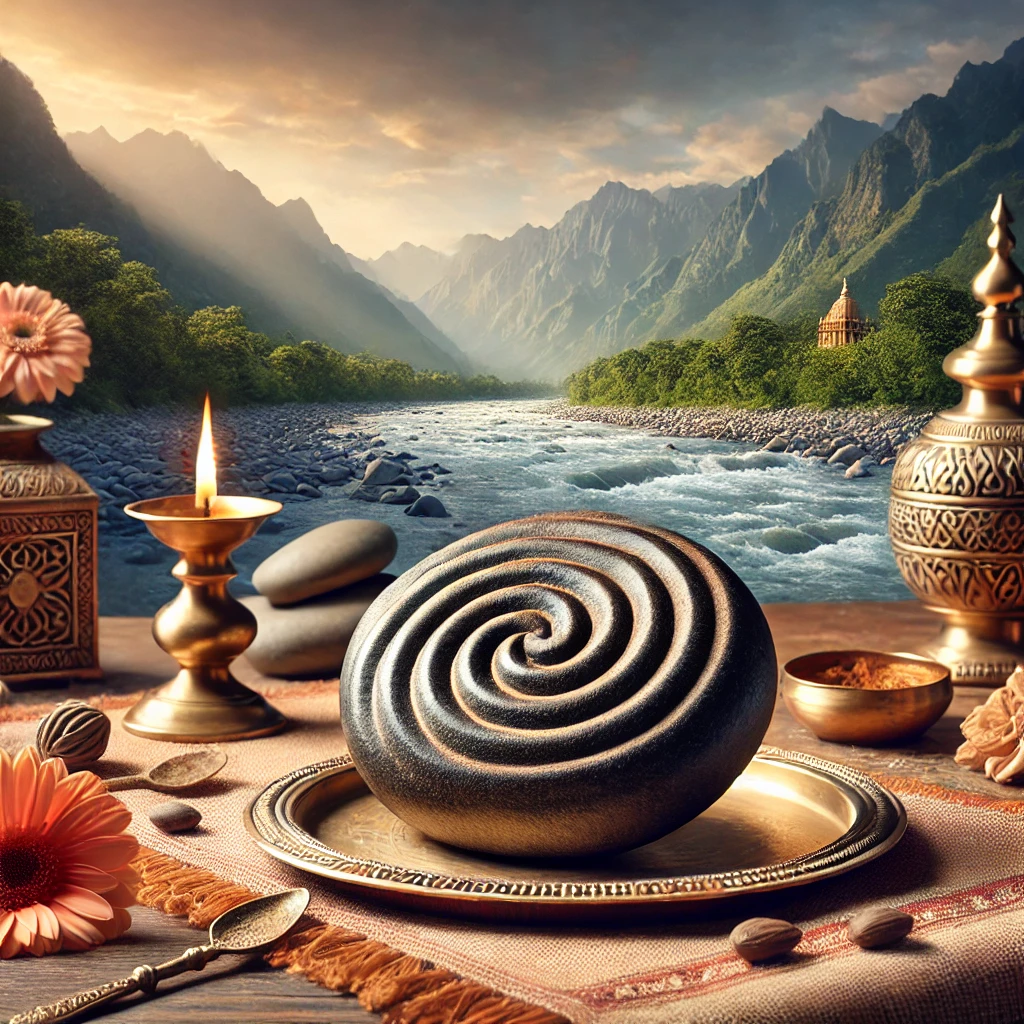
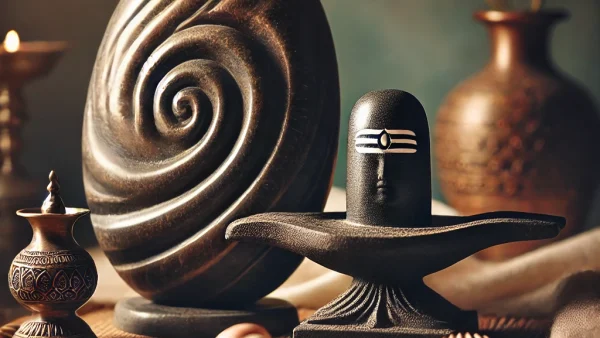
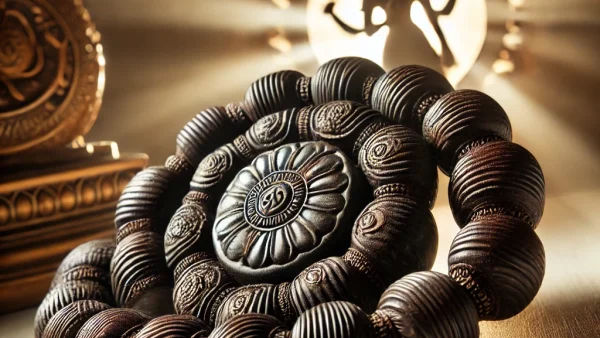
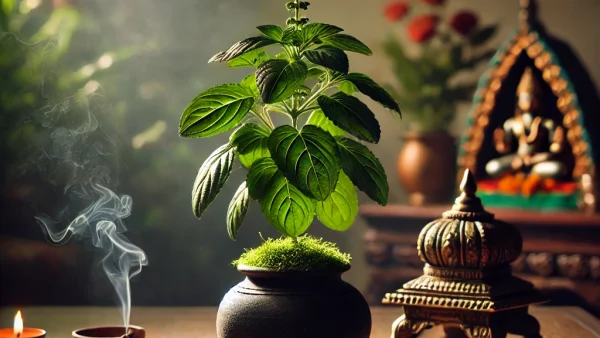
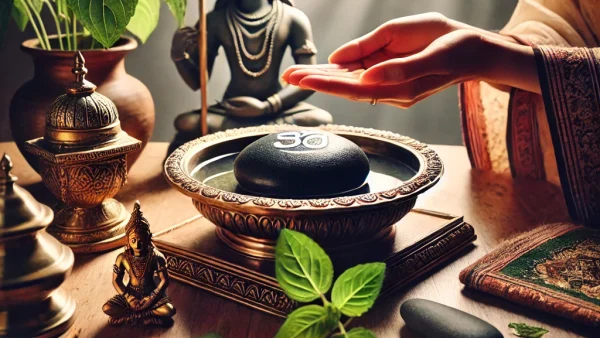
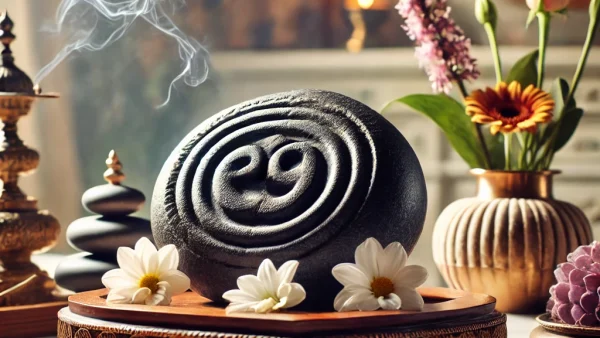
Leave a comment